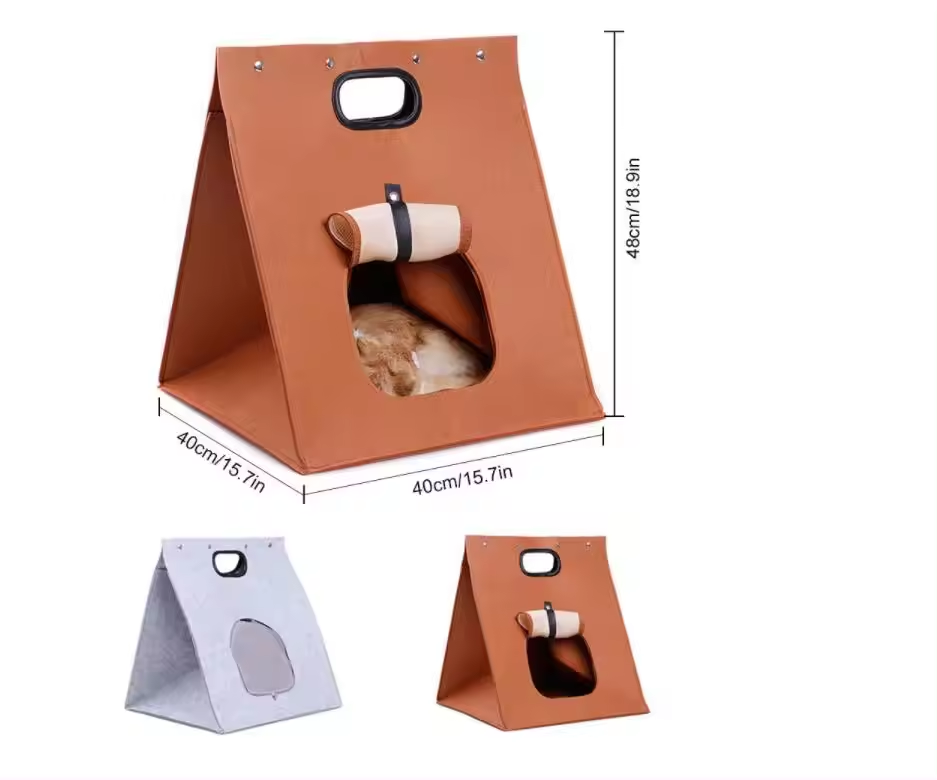How to Make Acoustic Wood Panels A Step-by-Step Guide
Acoustic wood panels are an excellent way to improve the sound quality in a room while adding aesthetic value. Whether you are setting up a recording studio, a home theater, or just want to reduce noise in a living area, these panels can help absorb sound and enhance your space. Making your own acoustic wood panels can be a rewarding DIY project. Here’s a step-by-step guide on how to create your own acoustic wood panels.
Materials Needed
1. Wood Panels Choose a softwood like pine or a hardwood like oak, depending on the look you desire. 2. Acoustic Foam or Fiberglass Insulation These materials enhance sound absorption. 3. Fabric Select a breathable fabric that complements your room's decor. Common options include burlap or acoustic fabric. 4. Wood Glue or Adhesive Spray To attach acoustic material to the wood panels. 5. Staple Gun For securing the fabric over the panels. 6. Wood Frame (optional) For added structure or to create a more finished look. 7. Measuring Tape and Saw If you need to cut the wood to size. 8. Drill and Screws For hanging the panels.
Step 1 Plan Your Panel Size
Start by determining the size of the panels you want to make. Consider where you will place them and how many you will need. Common sizes for acoustic panels are 24” x 48” or 2’ x 4’. Measure the space carefully and draft a plan that suits your needs.
Step 2 Cut the Wood
Once you have your measurements, use a saw to cut the wood to the desired size. Make sure to wear safety goggles and follow safety protocols when using tools. If you're not comfortable with cutting wood yourself, you can often have it done at your local hardware store.
Step 3 Prepare the Acoustic Material
Cut the acoustic foam or fiberglass insulation to match the dimensions of your wood panels. Make sure to have enough material to cover the entire surface area. If using fiberglass, handle it with gloves and a mask to avoid irritation.
how to make acoustic wood panels

Step 4 Attach Acoustic Material to Wood
Using wood glue or adhesive spray, attach your acoustic material to one side of each wood panel. Press down firmly and allow it to dry according to the manufacturer's instructions. This step is crucial as it ensures that the sound-absorbing material stays in place.
Step 5 Wrap with Fabric
After the adhesive has dried, lay your fabric on a flat surface and place the wood panel with the acoustic material on top. Wrap the fabric around the panel, making sure to keep it taut, and secure it with a staple gun on the back side. This not only enhances the panel's appearance but also allows sound to pass through the fabric and be absorbed by the underlying material.
Step 6 Create a Frame (Optional)
For a more polished look, consider building a simple wood frame around the edges of your panels. Cut additional wood strips and attach them to create a border. This adds durability and a finished touch.
Step 7 Hang the Panels
Finally, decide where to hang the panels. Ideal locations are on walls facing each other or at strategic points around the room to maximize sound absorption. Use a drill and screws to secure them, ensuring they are level.
Conclusion
Creating your own acoustic wood panels not only improves the acoustics of your space but also allows for customization to fit your home’s design. With careful planning and execution, you can enjoy a quieter, more pleasant environment while adding a unique touch to your decor. Happy building!
